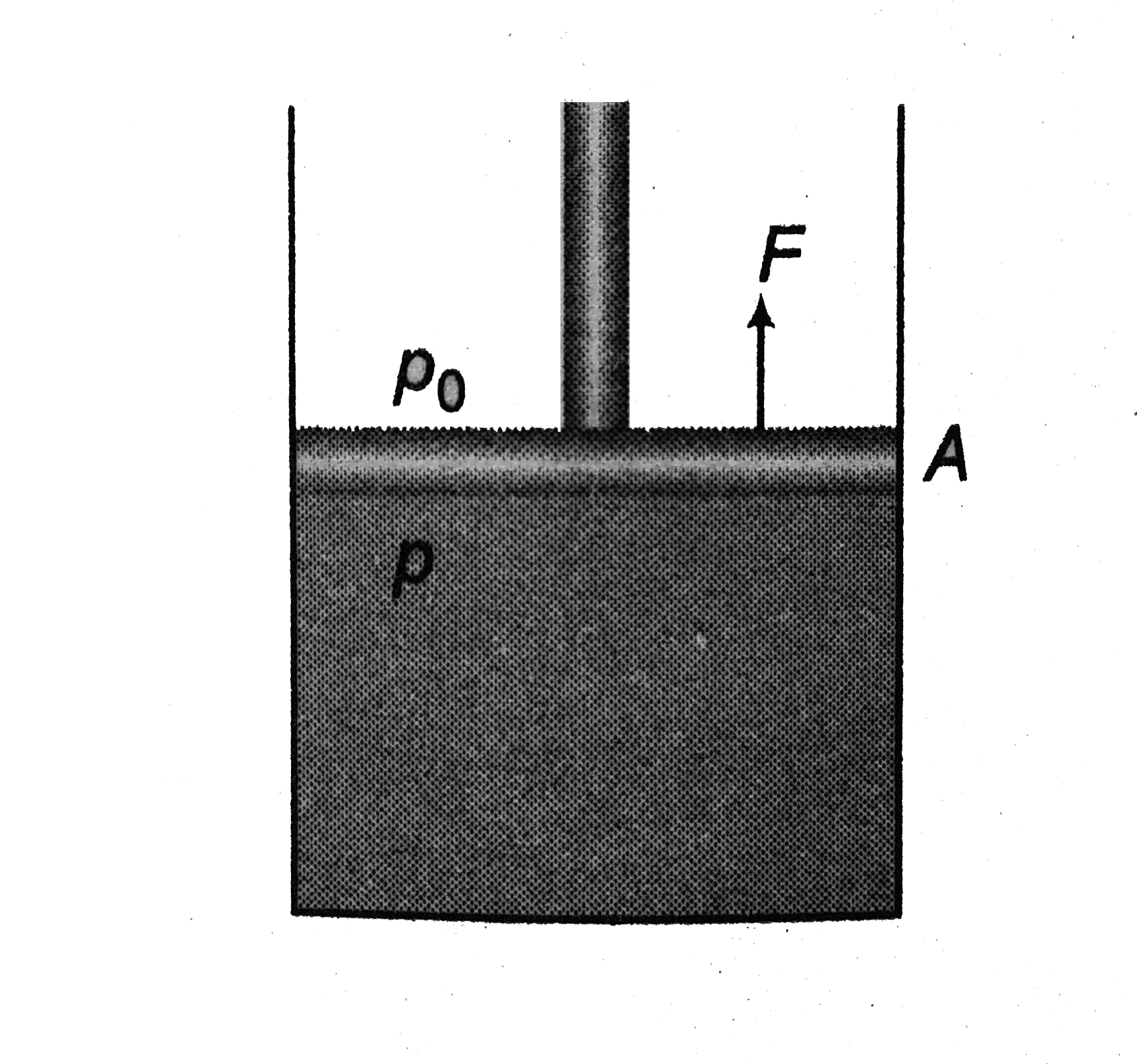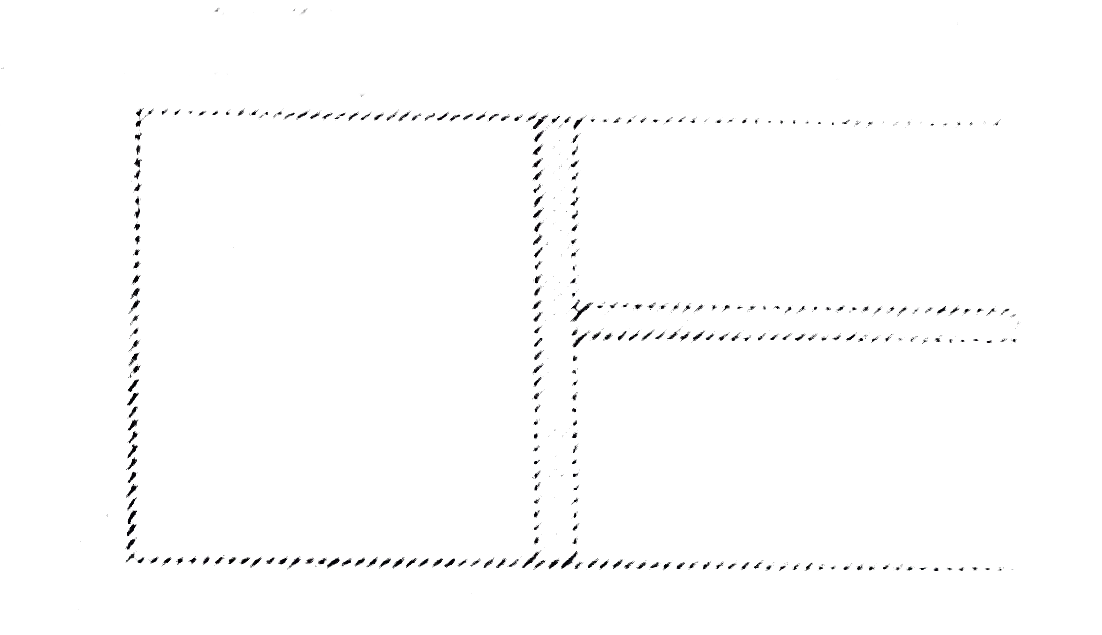One mole of a gas is put under a weightless piston of a vertical cylinder at temperature T. The space over the piston opens into atmosphere. Initially, piston was in equilibrium. How much work should be performed by some external force to increase isothermally the volume under the piston to twice the volume? (Neglect friction of piston).
The correct Answer is:A, B
F=pA=p0A
F=(p0−p)A
W=∫2VV(p0−p)Adx
=∫2VVp0dV−∫2VVpdV
=p0V−∫2VVRT(dVV)
=p0V−RTIn(2)
=RT−RTIn(2)
=RT(1−In2)

Topper's Solved these Questions
- LAWS OF THERMODYNAMICSBOOK - DC PANDEYCHAPTER - LAWS OF THERMODYNAMICSEXERCISE - Level 2 Passage II
3 Videos
- LAWS OF MOTIONBOOK - DC PANDEYCHAPTER - LAWS OF MOTIONEXERCISE - Medical entrances gallery
39 Videos
- MAGNETIC EFFECT OF CURRENT AND MAGNETISMBOOK - DC PANDEYCHAPTER - MAGNETIC EFFECT OF CURRENT AND MAGNETISMEXERCISE - Integer type Questions
10 Videos
Similar Questions
One mole of a certain ideal gas is contained under a weight-less piston of a vertical cylinder at a temperature T. The space over the piston opens into the atmosphere. What work has to be performed on order to increase isothermally the gas volume under the piston n times by slowly raising the piston ? The friction of the piston against the cylinder walls is negligibly small.
View SolutionOne mole of a perfect gas in a cylinder fitted with a piston has a pressure P, volume V and temperature T. if the temperature is increased by 1K keeping pressure constant, the increase in volume is
View Solution
Knowledge Check
One mole of an ideal gas is contained with in a cylinder by a frictionless piston and is initially at temperature T. The pressure of the gas is kept constant while it is heated and its volume doubles. If R is molar gas constant, the work done by the gas in increasing its volume is
ART ln2B1/2 RTCRTD3/2 RT3 moles of an ideal gas are contained within a cylinder by a frictionless piston and are initially at temperature T . The pressure of the gas remains constant while it is heated and its volume doubles . If R is molar gas constant , the work done by the gas in increasing its volume is
A32RT ln 2B3RT ln 2C32 RTD3 RTA cylinder fitted with a piston contains 0.2 moles of air at temperature 27∘ . The piston is pushed so slowly that the air within the cylinder remains in thermal equilibrium with the surroundings. Find the approximate work done by the system if the final volume is twice the initial volume
A543 jB345 jC453 jD600j
n moles of a gas filled in a container at temperature T is in thermodynamic equilibrium initially.If the gas is compressed slowly and isothermally to half its initial volume the work done by the atmosphere on the piston is:
View SolutionA piston can freely move inside a horizontal cylinder closed from both ends. Initially, the piston separates the inside space of the cylinder into two equal parts each of volmek V0 in which an ideal gas is contained under the same pressure p0 and at the same temperature. What work has to be performed in order to increase isothermally the volume of one part of gas η times compared to that of the other by slowly moving the piston ?
View SolutionA gas is present in a cylinder fitted with movable piston. Above and below the piston there is equal number of moles of gas. The volume above is two times the volume below at a temperature of 300 K. At what temperature will the volume above be four times the volume below-
View SolutionA saturated water vapour is contained in a cylindrical vessel under a weightless piston at a temperature t=100∘C. As a result of a slow introduction of the piston a small fraction of the vapour Δm=0.70g gets condensed. What amount of work was perfomed over the gas ? The vapour is assumed to be ideal, the volume of the liquid is to be neglected.
View Solutionn moles of a gas fille in a a container temperature T is in thermodynamic equilibrium initially. If the gas is compressed slowly and isothermally so half its initial volume volume the work done by the atmosphere on the piston is :

View Solution
